Biofuel crops
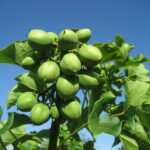
Biofuel crops have a significant potential for contributing to future energy requirements worldwide. Agricultural lands offer energy farming as an alternative to their usual role of food production. Biofuel crops are an environmentally valuable means of sustainable energy production.1 The demand for transport fuels in href='https://opendevelopmentcambodia.net/topics/biofuel-crops/ ' class='cambodia-color'>...
Government services
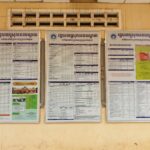
List of public services provided by One Window Service Office at Rotanak Mondol district hall in Battambang province. Photo by ODC team, taken on 28 February 2020. Licensed under CC BY-SA 4.0.Government services might be perceived as tools in pursuing the country’s development, and assuring href='https://opendevelopmentcambodia.net/topics/government-services/ ' class='cambodia-color'>...
Parliament

Upon the reinstatement of the second monarchy in 1993, Cambodian citizens are the master of their destiny and sources of all power. With the introduction of the liberal democracy in the Kingdom, all Cambodians at their 18 years or over, except where it is prescribed href='https://opendevelopmentcambodia.net/topics/parliament/ ' class='cambodia-color'>...
Forest products
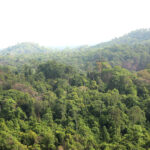
Prey Lang Wildlife Sanctuary. Photo by U.S. Embassy Phnom Penh on 09 June 2016. Licensed under CC BY-ND 2.0.Cambodia had over 8 million hectares of forest resources in 2020, accounting for 44.7% of the country’s total land area. 75 The state owns the whole forest href='https://opendevelopmentcambodia.net/topics/forest-products/ ' class='cambodia-color'>...
Forests and forestry

Cambodia’s forests have seen a significant reduction of total forest and dense forest cover in recent years, the growth of plantations, particularly rubber, and an ongoing problem with illegal logging. href='https://opendevelopmentcambodia.net/topics/forests-and-forestry/ ' class='cambodia-color'>...
Non-renewable energy production
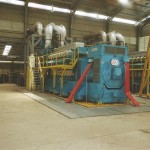
Non-renewable energy sources are chiefly fossil fuels such as coal, diesel, oil and gas. They provide most of Cambodia’s locally-produced electrical supply – in 2011 diesel and heavy fuel oil generators provided 89% of local electricity generation. href='https://opendevelopmentcambodia.net/topics/non-renewable-energy-production/ ' class='cambodia-color'>...
Community fisheries
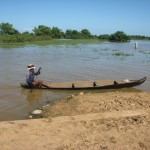
Community fishery refuges, Battambang, Cambodia. Photo by Alan Brooks/WorldFish, taken on 2 November 2011. Licensed under CC BY-NC-ND 2.0.Fishing practices in Cambodia are classified into three broad categories: small-scale or family fishing, medium-scale and large-scale or commercial fishing.In 2001, aware of the need to safeguard href='https://opendevelopmentcambodia.net/topics/community-fisheries/ ' class='cambodia-color'>...
Land transfers
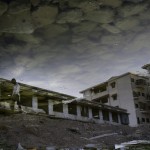
Land transfers in Cambodia assume a variety of forms involving both public and private entities. The right to transfer property to another and to be protected from forced transfer is essential to land tenure security. Land transfer capacity is a source of value for landowners, href='https://opendevelopmentcambodia.net/topics/land-transfers/ ' class='cambodia-color'>...
Expropriation
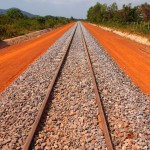
The Constitution of the Kingdom of Cambodia and the Land Law of 2001 both guarantee an individual’s right to property protection. Though part of the Government’s policy framework since 2002, not until 2010 did a legal framework exist to govern the process by which the href='https://opendevelopmentcambodia.net/topics/expropriation/ ' class='cambodia-color'>...
Jatropha
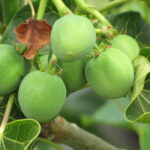
Jatropha, known in Cambodia as “Lhong Kwong”, is commonly grown in the Kingdom. Jatropha mainly grows in the mountainous regions of the north and central parts of Cambodia but is not restricted to those areas. It can be found in Battambong, Pursat, Kampong Speu, Sihanouk, href='https://opendevelopmentcambodia.net/topics/jatropha/ ' class='cambodia-color'>...
Imports
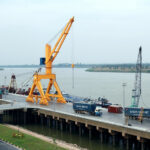
The total value of Cambodia’s international trade amounted to $35.8 billion in 2020, a 2.5 percent increase on the $34.9 billion in 2019 even after the Covid-19 pandemic slowed global trade, according to Ministry of Commerce (MoC) reports from 2020. The main sources of Cambodia’s href='https://opendevelopmentcambodia.net/topics/imports/ ' class='cambodia-color'>...
Disasters
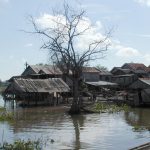
Storms, flooding and drought are the disasters that affect the largest number of people in Cambodia, and they also bring the highest cost. Climate change is likely to make things worse, with drier dry seasons predicted and more rainfall and violent storms in the wet href='https://opendevelopmentcambodia.net/topics/disasters/ ' class='cambodia-color'>...
Forest policy and administration
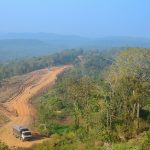
Logging truck in Mondulkiri protected forest , Cambodia. Photo by Global Water Forum, taken on 23 February 2014. Licensed under CC BY-NC-SA 2.0Cambodia is deeply concerned about deforestation. While the country seeks fast economic development, forests represent a tremendous national treasure. In order to help href='https://opendevelopmentcambodia.net/topics/forest-policy-and-administration/ ' class='cambodia-color'>...
Administration
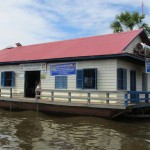
Cambodia’s sub-national administration consists of three tiers: capital city/province, municipality/district and sangkat/commune. Phnom Penh is the capital, and there are 24 provinces, 159 districts (including 26 municipalities and 12 khans), 1406 communes and 227 sangkats. href='https://opendevelopmentcambodia.net/topics/administration/ ' class='cambodia-color'>...
Higher education
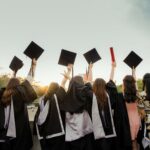
Higher education, in general, refers to education beyond the secondary level. Higher education institutions (HEIs) in Cambodia can be classified into three categories: The Royal Academy, university, and college. Cambodia’s higher education consists of an associate degree, four years of undergraduate education, two years of href='https://opendevelopmentcambodia.net/topics/higher-education/ ' class='cambodia-color'>...
Patient rights
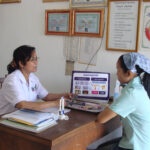
Access to quality healthcare is fundamental to enhancing citizens’ livelihoods and advancing towards more sustainable growth and development in countries all over the world. Along with increasing public demand for better health infrastructure and adequate access to healthcare services, many countries face the need to href='https://opendevelopmentcambodia.net/topics/patient-rights/ ' class='cambodia-color'>...
Plants
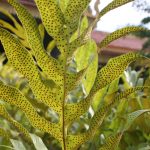
Although there are often new discoveries,355 a global lack of up to date data on botanical research makes plants biodiversity hard to assess in Cambodia. Compared to neighboring countries, the number of plant species is low, mostly due to the relative country’s flat landscape.356 Botanical knowledge href='https://opendevelopmentcambodia.net/topics/plants/ ' class='cambodia-color'>...
Renewable energy production
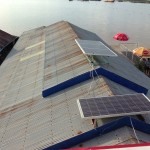
Renewable sources of energy include biofuels, solar, wind, tidal and geothermal energy. Fossil fuels such as petroleum or coal are not renewable. href='https://opendevelopmentcambodia.net/topics/renewable-energy-production/ ' class='cambodia-color'>...
Chinese aid
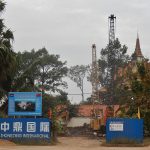
Construction of a laboratory funded by Chinese money. Photo by Michael Coghlan, taken on 10 January 2014. Licensed under CC-BY-SA 2.0China, while once being at odds with the current government, is now Cambodia’s largest development partner. The two nations have grown increasingly close in recent href='https://opendevelopmentcambodia.net/topics/chinese-aid/ ' class='cambodia-color'>...



